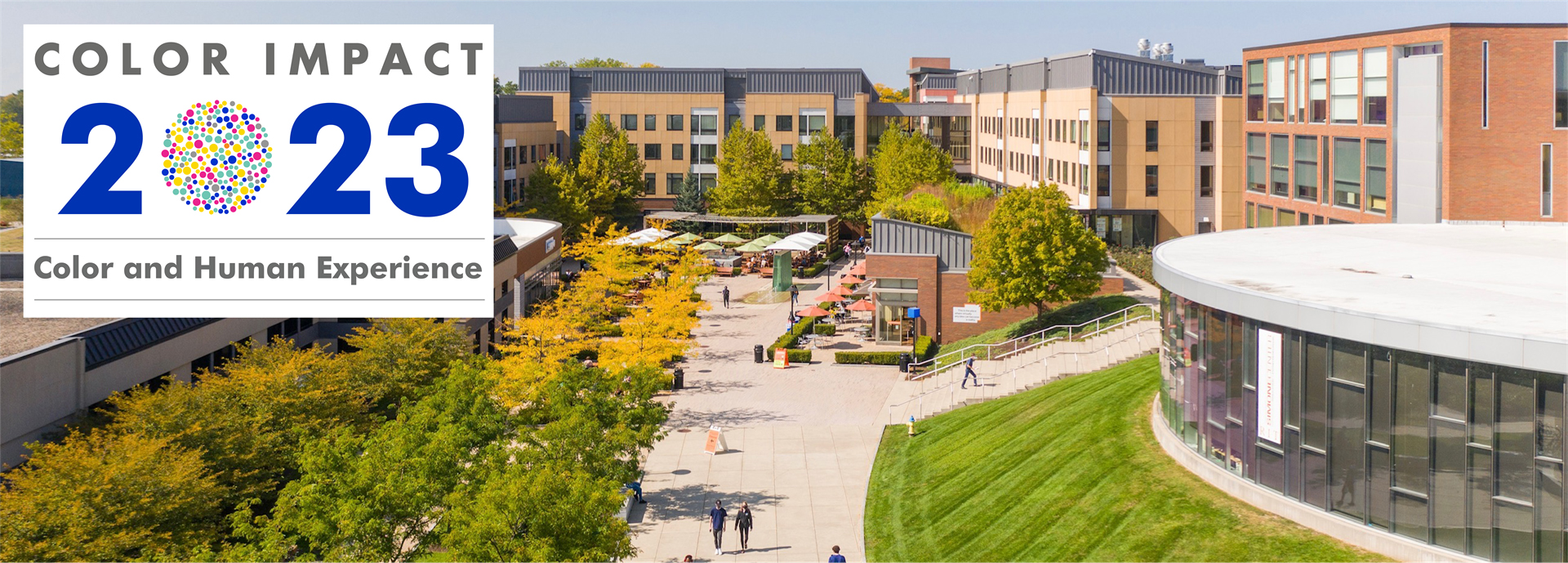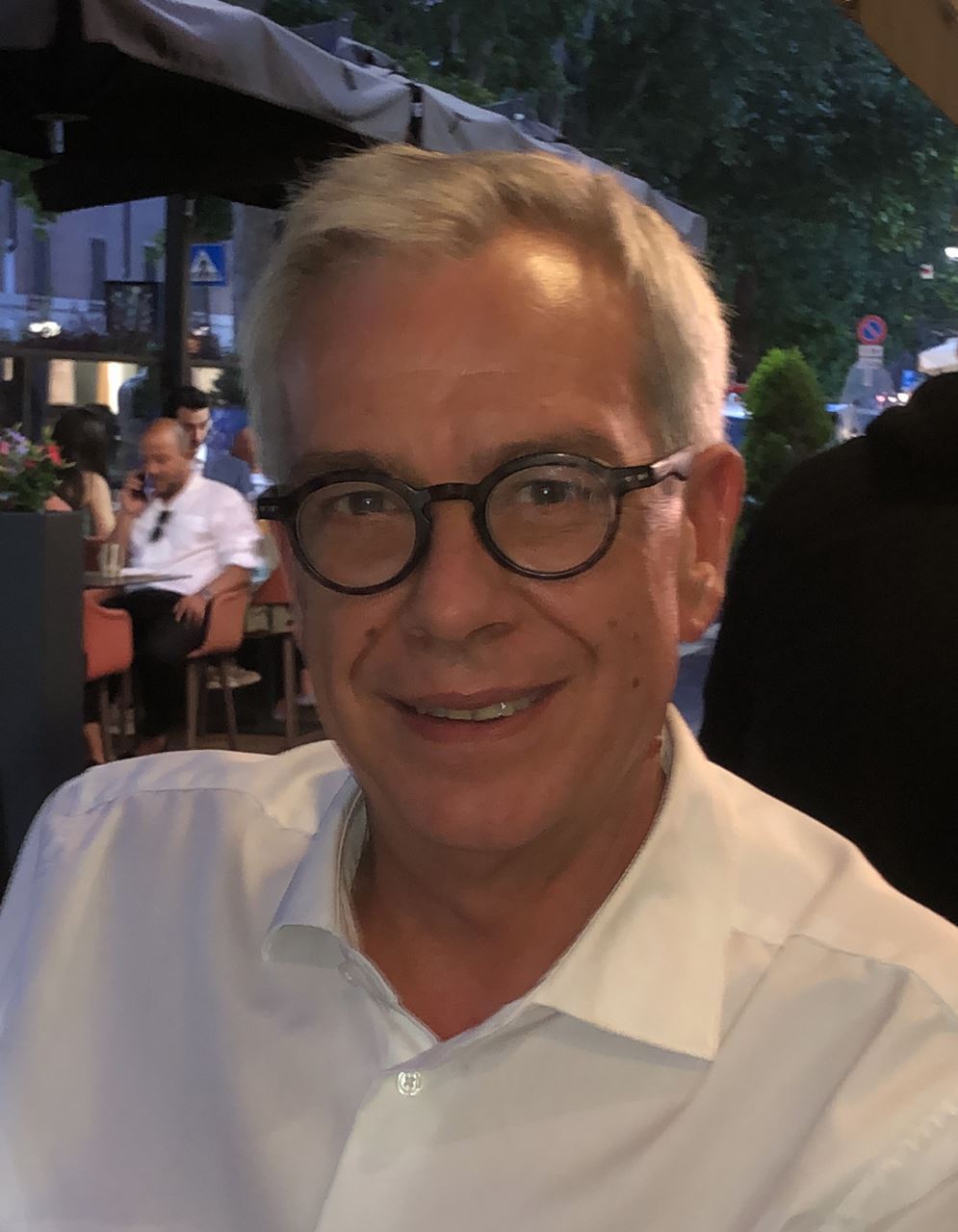Color Impact 2023 was a great success. These pages are left here for archival purposes.
We hope to see you at a future Color Council meeting! Our next conference in June 2025.

June 11-15, 2023
Rochester Institute of Technology, Rochester, NY, USA
Presenter - Massimo Caiazzo
|
Massimo Caiazzo, Professor, Color Designer and Artist
The Chromatic Restyling of Buildings Located in Former Industrial Areas
The building is located in Milan near the Prada foundation which, since 1993 has become one of the most interesting artistic and cultural centers of the city. This area, which until the 1990s housed several industrial sites and the "Scalo Romana" railway logistics site, is part of an important urban regeneration project. In fact, on the occasion of the 2026 Winter Olympics, the Olympic village of Milan will be built right here. The expansion of the area and the recovery of the existing building heritage have generated a particular urban stratification, resulting in a significant increase in the architectural quality and consequently in the real estate value. In support of a renewed awareness of living and of our landscape making, the chromatic restyling is centered on a "sensitive" design of color and artificial light. The building constructed in the early 2000s appeared grey, anonymous and devoid of charm and for this reason the chromatic intervention had to summarize in aesthetic terms the intention of offering a quality living, working and accommodation dimension. The chromatic project was formulated with the desire to achieve a result that was not only aesthetic but the expression of a more extensive, holistic concept of housing "hygiene".
Guests are welcomed by a large "polychrome pineapple" more than 2 meters high and designed by Caiazzo himself. A symbol of hospitality and a lucky charm that generates a curious and ironic world suspended between the artificial and the natural world. A unique piece decorated by hand and printed in 3D with Luminy ® PLA, derived from eco-compostable and therefore sustainable corn starch, in full respect of the environment. fact, the colors do not dominate the observer, but generate a natural, harmonious and continuously changing climate, optimizing the perception of volumes, temperature and elapsed time according to the type and surface of the spaces. Color is an effective and immediate visual reference and the palette of the common areas of each of the seven floors of the building has polychromy as a leitmotiv. The palette was formulated on the basis of the 7 colors of the rainbow to compose an "intuitive signage" that is easy to remember and which makes the path to the housing units and services pleasant. The landings of each of the seven levels of the building are characterized by saturated and bright tones, which evoke a young and lively "genius loci". At the first level red, at the second orange, at the third yellow, at the fourth green, at the fifth blue, at the sixth indigo, and at the seventh violet.
Bio
Massimo Caiazzo (Naples, 1966) is a color expert, teacher, designer and consultant. He applies a sensible approach to light and color in architecture, design, fashion and communication. Caiazzo is the president of the Italian chapter of the International Association of Color Consultants, a color school highly regarded by the Munsell Foundation. His background in color was jump-started at Atelier Mendini in Milan (1990–2006), where he was part of the team run by the great designer and artist Alessandro Mendini, a master of polychrome. Caiazzo is also indebted to Frank Mahnke and Narciso Silvestrini for their teachings on the interdisciplinary nature of color and the importance of sharing its culture and making it a resource for the rehabilitation of our built surroundings. In 2021 he was nominated testimonial of Italian Design in the world and he was a keynote speaker for Color Impact, a symposium on color in the built environment.
He published with Silvia Botti the book "Living Colours" for Hoaki books.
The Inter-Society Color Council advances the knowledge of color as it relates to art, science, industry and design.
Each of these fields enriches the others, furthering the general objective of color education.
© ISCC

